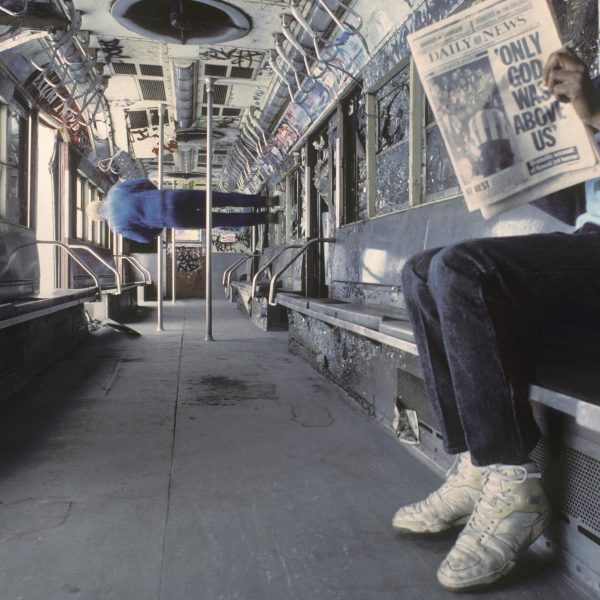No Child Left Behind: The ruin of American education
When President George W. Bush and members of Congress passed the No Child Left Behind Act, they managed to significantly move America back in terms of educational improvement.
The act was presented as one that would help support underprivileged students and help to ensure entirely their educational success. It is built on the premise that setting high standards and conceiving measurable goals will improve individual outcomes in education.
It is essentially standards-based educational reform, which means progress is only measured through standardized test results. I won’t even begin my long list of critiques for standardized testing. All in all, the system is simply flawed.
A journal published by the National Center for Fair Testing stated the following: “NCLB rests on false assumptions … State tests are extremely weak measures of high-quality standards. NCLB’s obsessive focus on raising test scores causes an increased emphasis on exam preparation.”
The journal goes on to explain how teaching to test narrows the curriculum, especially in low- achieving schools. This forces teachers and students to focus on memorizing masses of information and isolated facts. Along with this has come the phasing out of classes like arts, foreign language, social studies and other classes that encourage higher-level thinking.
Higher test scores mean absolutely nothing if education is not preparing students to be successful citizens.
Under NCLB, in order for schools to receive funding, students must be administered a state assessment for each grade level. Though NCLB does not set the standards for each state, it has still expanded the role of federal government in public education. This happened because of annual testing, annual academic progress reports, teacher qualifications and funding changes.
NCLB has basically put the federal government’s hand where it really does not belong. Not only this, but NCLB has also managed to put diverse schools in an even more perplexing situation.
That same journal discusses the increased likelihood of diverse schools failing to make “adequate yearly progress.” This is because diverse schools have more student demographic populations that are all expected to simultaneously meet NCLB’s mandates.
When many of these diverse schools also fall under the low-income and underprivileged categories, I question how NCLB could have ever been in favor of these demographics.
In a Georgetown Law Review, Professor Charles Lawrence explores the deeper societal implications on NCLB. It is inherently harmful to minority children.
“For while the act applies to all public schools, its most important provisions focus on the segregated schools attended by poor black and brown children and on the persistent achievement gap between these children and their white and Asian peers,” Lawrence stated.
Lawrence goes on to explain that under NCLB, when African-American and Latino children complete the fourth grade, they are two years behind the white and Asian students, according to nationally standardized tests.
When they make it to the eighth grade, they are three years behind, and as they reach the 12th grade, they are performing at the same levels as eighth grade white and Asian students.
NCLB does not help these students. It allows them to fall through the cracks and slip through the education system.
In a country where minority students are already at a systemic disadvantage, we cannot allow acts such as NCLB to further hinder them. The goal of education should be to expand the mind, encourage higher-level thinking and equip students with the tools to be successful people.
States and districts alike need to work and cooperate with their elected officials to repeal the inherently harmful NCLB and work toward a system of education that is beneficial for all students.









